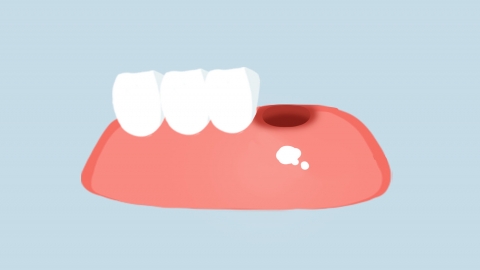Can a two-year-old child have a tooth extracted?
Generally speaking, whether a two-year-old child can have a tooth extracted depends on the specific condition of the tooth and the child's overall health. The detailed analysis is as follows:

If the child’s tooth has severe decay that has reached the dental pulp, causing recurrent pain or swelling, and cannot be preserved through fillings, and if the child is otherwise in good general health without conditions such as cold, fever, or anemia, tooth extraction may usually be performed. In such cases, extracting the tooth can prevent further spread of infection, relieve the child’s discomfort, and since most teeth at this age are primary (baby) teeth, permanent teeth will naturally erupt afterward. Proper extraction typically does not affect the normal eruption sequence of permanent teeth.
If the tooth decay is mild or the tooth is only slightly loose and can be restored with fillings and routine oral care, or if the child is currently suffering from a cold, fever, or has health issues such as coagulation disorders or low immunity, immediate tooth extraction is not recommended. Minor dental problems do not require extraction, and performing extraction while the child is unwell or has underlying health conditions may worsen their existing illness and increase risks of bleeding or infection. It is advisable to first treat the underlying health issues and improve the child’s condition before reevaluating the need for extraction.
Prior to extraction, the child should undergo a comprehensive oral examination and medical evaluation to ensure there are no contraindications. After the procedure, maintain good oral hygiene. Avoid brushing or rinsing the mouth within the first 24 hours. Provide a diet of lukewarm, soft, liquid, or semi-liquid foods such as porridge or well-cooked noodles. If persistent bleeding, swelling, or fever occurs after extraction, seek medical attention promptly.







